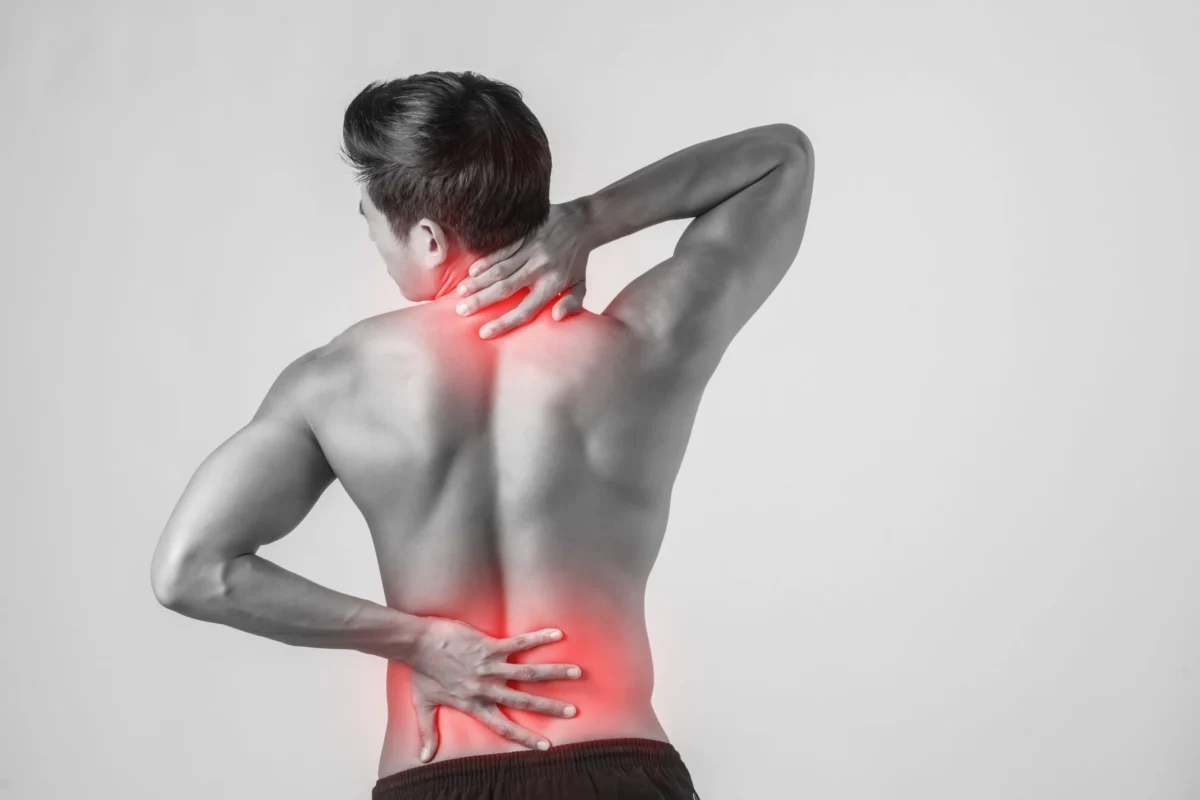In the domain of medical maladies, myositis stands as a phrase less often heard, yet it possesses profound significance when it comes to comprehending its intricate aspects. Myositis denotes a cluster of rare autoimmune ailments that specifically target muscle tissue. Proficiency in discerning the symptoms and navigating the terrain of when and how to solicit aid assumes paramount importance in the effective management of this condition.
Grasping the Essence of Myositis Myositis, an intricately layered condition, predominantly exerts its influence upon the muscular framework within the body, setting in motion inflammation and muscular enfeeblement. This ailment is typically categorized into multiple distinct subtypes, including:
- Dermatomyositis Dermatomyositis manifests itself through muscular inflammation coupled with dermal rashes. While it can affect individuals across the age spectrum, it tends to be more prevalent among children and adults ranging from 40 to 60 years old.
- Polymyositis Polymyositis primarily targets the musculature and frequently accompanies substantial muscular debility. It can make its presence felt at any stage of life but is most commonly encountered in adults.
- Inclusion Body Myositis Among individuals surpassing the age of 50, inclusion body myositis reigns as the most prevalent form of myositis. It is characterized by muscular enfeeblement and atrophy, often culminating in significant disability.
- Juvenile Myositis As the nomenclature implies, this variant of myositis impacts the pediatric and adolescent demographic. Diagnosis and management prove to be intricate due to the age group it predominantly affects.

Deciphering the Indicators A comprehensive grasp of myositis symptoms is pivotal for prompt diagnosis and intervention. While the precise manifestations may diverge contingent on the subtype, commonly observed indicators encompass:
Muscular Enfeeblement: Gradual deterioration in muscular strength represents a quintessential symptom of myositis, potentially affecting both proximal and distal muscle groups.

Cutaneous Alterations: In cases of dermatomyositis, the presence of dermal rashes often coincides with muscular debilitation. These rashes may exhibit varying appearances and degrees of severity.
Swallowing Impediments: Certain individuals grappling with myositis may encounter difficulties in swallowing, a condition medically known as dysphagia.
Sustained Weariness: Persistent fatigue and muscular exhaustion, even subsequent to minimal physical exertion, can serve as red flags for myositis.
Aching and Inflammation: Muscular discomfort and inflammation, particularly affecting the shoulders, neck, and thighs, represent prevalent symptomatic occurrences.
Pyrexia: In certain instances, individuals afflicted by myositis may experience a low-grade fever.
Seeking Assistance and Establishing Diagnosis In the event that you or someone within your purview exhibits any of the aforementioned symptoms, the expeditious pursuit of medical intervention assumes cardinal significance. The diagnostic process for myositis typically entails a composite approach, encompassing:
- Medical Anamnesis A meticulous review of one’s medical history assumes pivotal importance in unraveling the inception and progression of symptoms.
- Physical Scrutiny A comprehensive physical examination administered by a healthcare practitioner serves as an instrumental tool for the detection of muscular enfeeblement, cutaneous alterations, and other manifestations germane to myositis.
- Hematological Analyses Blood examinations, including assessments of creatine kinase (CK) and aldolase levels, can furnish insights into muscular inflammation and damage.
- Radiological Investigations X-ray scans, MRI (magnetic resonance imaging) investigations, or electromyography (EMG) studies may be requisitioned to assess muscular health and identify irregularities.
- Muscular Biopsy In select instances, a muscular biopsy might be deemed indispensable to validate the diagnosis of myositis.

Treatment and Supervision Subsequent to a diagnosis, the management of myositis invariably necessitates a multidisciplinary approach. Although a definitive cure remains elusive, a spectrum of therapeutic modalities strives to alleviate symptoms and enhance the quality of life. These may encompass:
- Medicamentous Interventions Corticosteroids: These anti-inflammatory agents are frequently prescribed to mitigate muscular inflammation. Immunosuppressive Agents: Medications designed to dampen the immune response hold the potential to regulate the autoimmune reactions associated with myositis.
- Physiotherapeutic Measures Physical therapy assumes a pivotal role in preserving muscular strength and mobility.
- Supportive Measures Assistive Apparatus: Recommendations may include the utilization of orthotic devices or mobility aids to enhance day-to-day functionality. Dietary Considerations: The maintenance of a well-balanced dietary regimen can contribute to overall health and well-being.
- Periodic Monitoring Frequent clinical evaluations and the ongoing monitoring of muscular strength and functionality stand as imperatives for tracking the progression of the ailment.
Coexisting with Myositis While navigating life with myositis may present formidable challenges, individuals can cultivate fulfillment through appropriate medical care and a support system. Support groups and online communities offer invaluable resources and a sense of belonging to those grappling with myositis.
In summation, myositis constitutes a complex cluster of autoimmune ailments targeting muscle tissue, replete with sundry subtypes and manifestations. Early recognition of warning signs and the pursuit of medical assistance stand as pivotal milestones in diagnosis and management. Although a panacea remains elusive, efficacious treatments and supportive strategies can empower individuals contending with myositis to lead meaningful lives.

